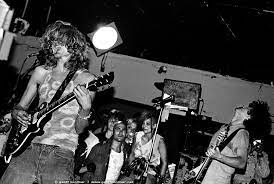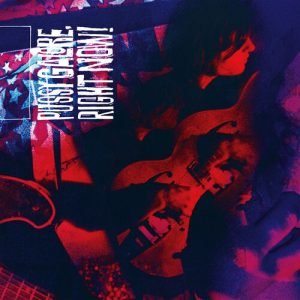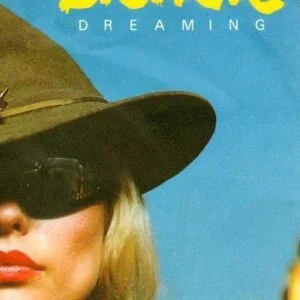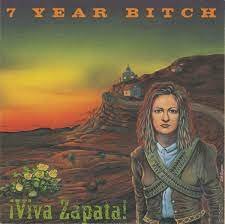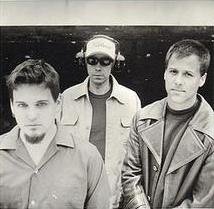Meat Puppets – New God
Description
In the late 1970s, drummer Derrick Bostrom played with guitarist Jack Knetzger in a band called Atomic Bomb Club, which began as a duo, but would come to include bassist Cris Kirkwood. The band played a few local shows and recorded some demos, but began to dissolve quickly thereafter. Derrick and Cris began rehearsing together with Cris’ brother Curt Kirkwood by learning songs from Bostrom’s collection of punk rock 45s. After briefly toying with the name The Bastions of Immaturity, they settled on the name Meat Puppets in June, 1980 after a song by Curt of the same name which appears on their first album. Their earliest EP In A Car was made entirely of short hardcore punk with goofy lyrics, and attracted the attention of Joe Carducci as he was starting to work with legendary punk label SST Records. Carducci suggested they sign with the label, and Meat Puppets released their first album Meat Puppets in 1982, which among several new originals and a pair of heavily skewed Doc Watson and Bob Nolan covers, featured the songs “The Gold Mine” and “Melons Rising”, two tunes Derrick and Cris originally had written and performed as Atomic Bomb Club previously.[1] Years later, when the Meat Puppets reissued all of their albums in 1999, the five songs on In A Car would be combined with their debut album.
By the release of 1984’s Meat Puppets II, the bandmembers “were so sick of the hardcore thing,” according to Bostrom. “We were really into pissing off the crowd.” Here, the band experimented with acid rock and country and western sounds, while still retaining some punk influence on the tracks “Split Myself in Two” and “New Gods.” This album contains some of the band’s best known songs, such as “Lake of Fire” and “Plateau.” While the album had been recorded in early 1983, the album’s release was delayed for a year by SST. Meat Puppets II turned the band into one of the leading bands on SST Records, and along with the Violent Femmes, the Gun Club and others, helped establish the genre called “cow punk“.
Meat Puppets II was followed by 1985’s Up on the Sun. The album’s psychedelic sound resembled the folk-rock of The Byrds , while the songs still retained hardcore influences in the lengths of the songs and the tempos. Examples of this new style are the self-titled track, “Enchanted Porkfist” and “Swimming Ground.” Up On The Sun featured the Kirkwood brothers harmonizing their vocals for the first time. These two albums were mainstays of college and independent radio at that time.



